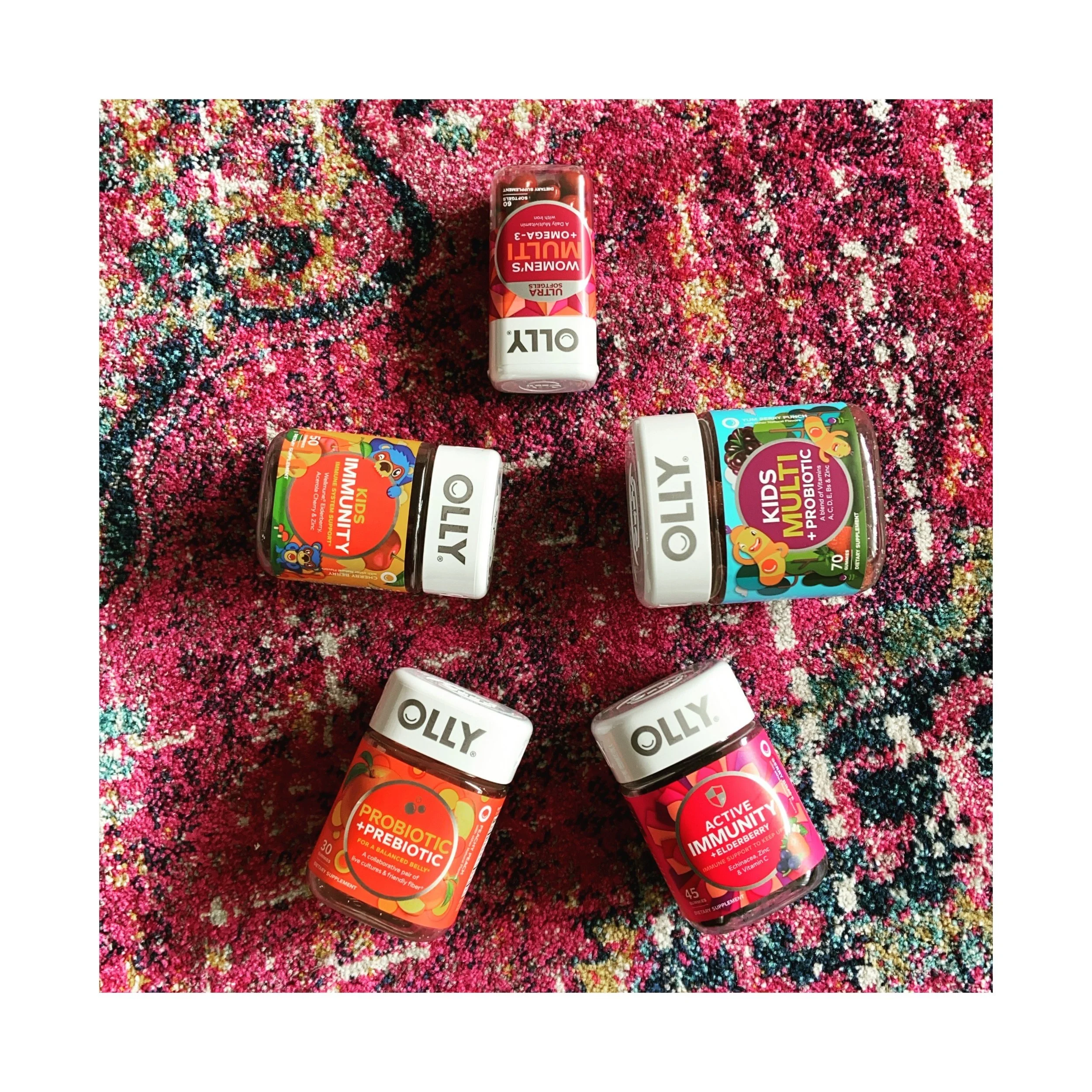Beat the Summer Slide: 5 Fun Ways I’m Supporting My Daughter’s Reading Skills
Written by a Teacher-Mama Who’s Seen It Firsthand
The summer slide is real. Not a TikTok dance (though wouldn’t that be nice), but a real drop in academic skills that happens when school’s out and structure disappears.
As a teacher with 16 years in the classroom, I’ve seen kids return in August with foggy math memory and reading levels that dipped like a beach sunset. And as a mom to a bright and curious 7-year-old, I’ve also felt that what now? feeling when summer begins and you’re trying to keep your child learning but also let them rest.
I’m not interested in turning our summer into a second shift of school. I want joy, flexibility, and moments that build her brain without breaking our rhythm (or the bank). So here are five ways I’m supporting my daughter’s reading comprehension this summer. No workbooks required.
1. Buy Them a Dictionary (Yes, a Real One)
I started with something simple but powerful: a good old-fashioned dictionary.
My daughter constantly asks what words mean. Sometimes it’s while she’s reading a book, watching a movie, or in the middle of our conversation. I used to explain them in the moment. And sure, we could always ask Siri or Alexa, “What does [insert word] mean?” But you can’t support a child’s reading comprehension if they aren’t reading! Sorry but not sorry A.I.
I got her the Merriam-Webster Elementary Dictionary and she genuinely loves it. Now when she comes across a word she doesn’t know, she flips right to it. Within two weeks, it became a habit (and not a forced one). She grabs it herself like she’s hunting for treasure and I love that for her.
Here’s the thing. If we want to improve reading comprehension, our kids have to actually read. The act of looking up a word, scanning the guide letters, and seeing it used in a sentence is the kind of process that strengthens vocabulary and understanding. I want my daughter to know how to use reference tools. A dictionary is more than a book of definitions. It teaches patience, independence and how to find answers without relying on the internet.
Once she finds the word, I like to pause and have a quick conversation. I’ll use the word in a sentence or two so she can hear it in context. Then she gives me a sentence of her own. And if she uses the word again later, like in conversation with me or with a family member, I give her a dollar.
Yes, I believe in incentives. I’m intrinsically motivated, but I also know money talks. Kids are no different. That little reward makes her want to engage more. And honestly, it just works.
2. At Home Karaoke using spotify (Yes, Really)
During the early pandemic days, I bought my daughter a kid-friendly microphone just to bring a little joy into those long, quiet weeks. Now it’s a staple in our literacy routine even if she doesn’t realize it.
I turn on Spotify on the TV, enable the lyrics feature, and let her sing her heart out. Every morning during our get-ready for school routine I’ll cast something like Kirk Franklin Radio onto the screen. While she’s putting on her lotion, brushing her teeth, or getting dressed, she’s reading the lyrics as they scroll across. It’s effortless reading practice built right into our day.
You can also set Spotify to block explicit lyrics. If your child is exploring music with stronger content, there’s still a way to keep things age-appropriate. I’m not here to judge what’s playing in your house because we are big Arianna Grande fans in the O’Neal household.
Karaoke helps with fluency, pacing, and vocabulary. It’s fun, expressive, and encourages kids to recognize words by sight and sound. And when they’re singing along to a song they love? They don’t even realize they’re learning.
3. Get Them a Library Card (and Use the Apps!)
Here’s a hill I’ll gladly die on: we don’t need to buy books in this economy.
One of the best literacy moves I’ve made is getting my daughter her own library card. She feels proud and responsible and now she knows that books are always available to her.
If your schedule is tight or you prefer digital access, apps like Hoopla and Libby let you borrow eBooks and audiobooks for free with your library card. We keep both apps on our iPads and phones, which makes reading super accessible whether we’re home, in the car, or waiting at the doctor’s office.
No clutter. No cost. Just access.
4. Start a family Book Club
My daughter knows I’m in a book club with my friends, so when I suggested we start our own her big, brown eyes lit up. We mostly read graphic novels (because let’s be honest, we both love them), and we either check out two copies from the library or sync up on Hoopla.
We read a few pages each day and more on the weekends. Sometimes we take turns reading pages aloud. Other times we each read quietly and then come back together to talk about it. I ask her questions as we go.
“What do you think is going to happen next?”
“Why do you think the character did that?”
“What would you do in that situation?”
It’s not a test. It’s a conversation.
And because I believe in celebrating the little things, we have book club “meetings” that double as memory-makers. Sometimes it’s a trip to Starbucks for lemonade. Sometimes it’s dinner at her favorite spot (My daughter is a regular at BJ’s Brewhouse). It reinforces that reading is not just an assignment. It’s an experience worth savoring.
5. Turn on the Closed Captions
This one is so simple, but it works.
I’ve used this strategy for years (first with my younger sister, who’s now 31), and now with my daughter. Closed captions stay on by default in our home. Whether it’s Bluey, Sam & Cat, or Kiff, she’s seeing and hearing language at the same time.
It’s an effortless way to reinforce word recognition, improve reading fluency, and even introduce new vocabulary, all without adding anything extra to your day. If your child is already watching TV, this is the easiest literacy win ever.
Summer doesn’t have to mean slipping backward. But it also doesn’t have to mean flashcards and rigid routines.
Supporting your child’s reading can look like karaoke in the living room, a trip to the library, or sitting side by side with graphic novels and lemonade. It’s about making reading feel less like a chore and more like a lifestyle. And when you find your rhythm, it becomes less about “keeping up” and more about growing together.
If you try one of these ideas, let me know. I’d love to hear what’s working in your home. And if you’ve got a tip of your own, drop it in the comments so we can keep building a summer full of connection, confidence, and curiosity.
Love your life. Live your style.



















